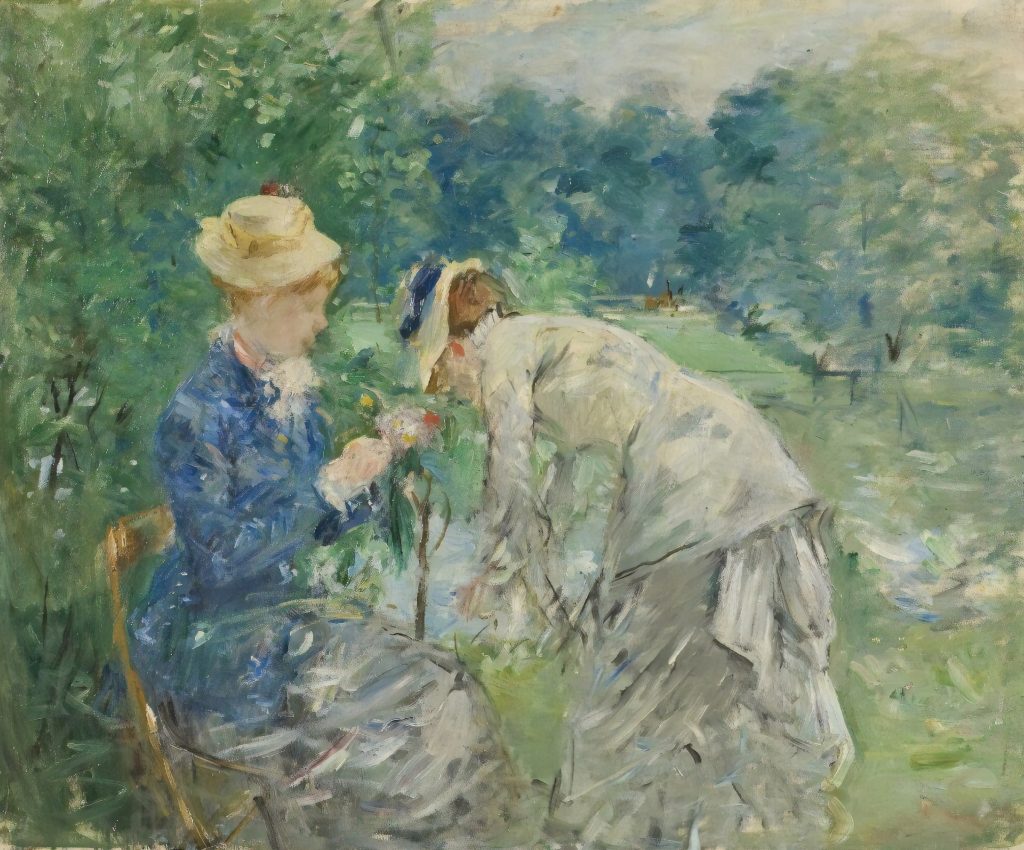Nowadays, long-term investors are looking to diversify their investment portfolios with unique, different, and sometimes exotic assets. Some prefer to invest in cattle, some in wines, while others choose to invest in rare coins or authentic gemstones. However, there is one type of investment that has recently gained popularity: artwork. Aside from appreciation in value, collecting artwork allows you to support the artists or become a stockholder of other classical pieces. However, as with any investment, there are pros and cons of investing in art.
Pros of Investing in Artwork
There are myths about investing in art that have kept the average person from entering this venture. There are concerns such as, “What if it’s a rip-off?” or “Investing on art is only for the rich; I don’t have funds for that.” These are all valid concerns, but there are clearly defined pros and cons of investing in art.
1. Artwork is not subject to market fluctuations.
Financial stock markets can be volatile. Seasoned stock market investors can tell you how much of a roller coaster ride it is. Fortunately, stock market corrections, fluctuations, and volatility are virtually non-existent in the art world. This one of the biggest advantages of this type of investment. You can sleep soundly at night, without worrying about what plagues other investors.
2. Your investment in artwork appreciates over time.
Unlike company stocks, which may reflect volatile prices, art investment usually appreciates steadily over time. If you have done your research and chosen an art piece wisely, it is possible to capitalize on investing in art. With a little time and luck, your art will be worth more than what you paid for it.
3. You can’t put a price on enjoyment.
The value of personal enjoyment is priceless. A lot of art investors are collectors first and investors second. Fine art is an asset that can be appreciated and displayed. Take note, that if you have no interest in art, this could be tedious or difficult for you to invest in.
Cons of Investing in Art
Every investment you make comes with its drawbacks. You’ll have risks associated with investing in art as well.
1. There are barriers to entry in the art world.
The main barrier to entry here is a lack of knowledge. To invest in the stock market, you need to research the company stock you want to buy. First you check the statistics, and then look at the history or earning reports. If it seems like a sound investment, you are only a few mouse clicks away from being a stockholder. When investing in art, you have to familiarize yourself with a lot of information before you make your first purchase. Furthermore, the knowledge required may be a little different from other forms of investing.
2. Artwork is not a liquid asset.
Art investment is not a liquid asset in comparison to other forms of investing. The buying or selling of some investment products is instant. With just a few clicks online or a simple call to your broker, the deal is done. However, selling art takes time, effort, and planning if you want to get the best price for your piece. So, if you think you will need your money soon, then this type of investment isn’t for you.
3. There is no guarantee of appreciation when investing in artwork.
Even if you think you’ve done everything right, there is no guarantee that every piece you buy will gain value. The art world is a fickle environment. It is possible that new artists quickly fade into anonymity, just like the last season’s trends. That’s why it’s important that you truly love the artwork you’ve invested in since you may need to hold on to it longer than you anticipated.
Seek Expert Advice for Investing in Artwork
If you are seriously considering a large investment in artwork, it is vital that the piece is authenticated. Not only does it ensure that you are actually getting what you pay for, but also that the piece is appropriately priced. Any piece of artwork worth investing in should come with documentation.
However, it never hurts to get a second opinion. If you have serious reservations or concerns, you can get an appraisal to prove the artwork is genuine. Navigating the art world can be tricky, so don’t be afraid to seek expert advice before investing.
Other Things to Consider before Investing in Artwork
It is also important to keep in mind that art investments take a sizable amount of initial investment money. Most art investors are putting at least five figures into their investments and see around 10.6 percent returns. That is, if any return is realized at all. It is possible your piece of art won’t appreciate in value. Sometimes, artwork only maintains value, which makes it an okay investment for tax purposes. But, it won’t necessarily make you a ton of money over time.
Given the pros and cons of investing in art above, you have the information you need to make an educated decision. Thankfully, there are also plenty of pieces of information and help online.
Platforms such as Masterworks can help you invest in art with less risk and help you identify trends before making a definite decision on your investment. You can even begin diversifying your portfolio without much money upfront. Check this out to see how.
Read More
- Pros and Cons of Investing Apps
- How Can I Invest With Minimal Money?
- Should I Invest in Netflix? Here Are the Pros and Cons
- Why More Women Are Becoming Investors (and How You Can Too!)
Jenny Smedra is an avid world traveler, ESL teacher, former archaeologist, and freelance writer. Choosing a life abroad had strengthened her commitment to finding ways to bring people together across language and cultural barriers. While most of her time is dedicated to either working with children, she also enjoys good friends, good food, and new adventures.

